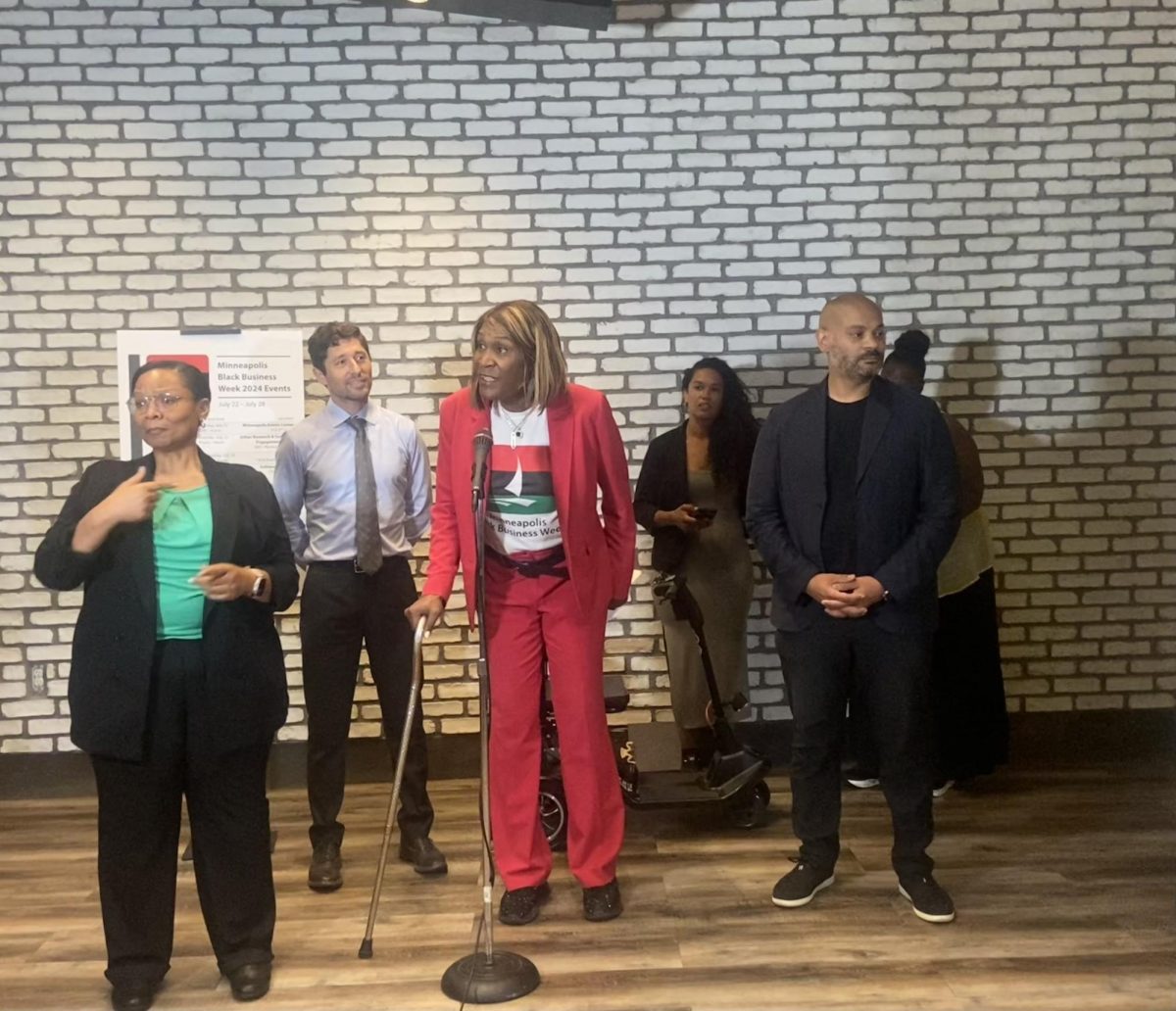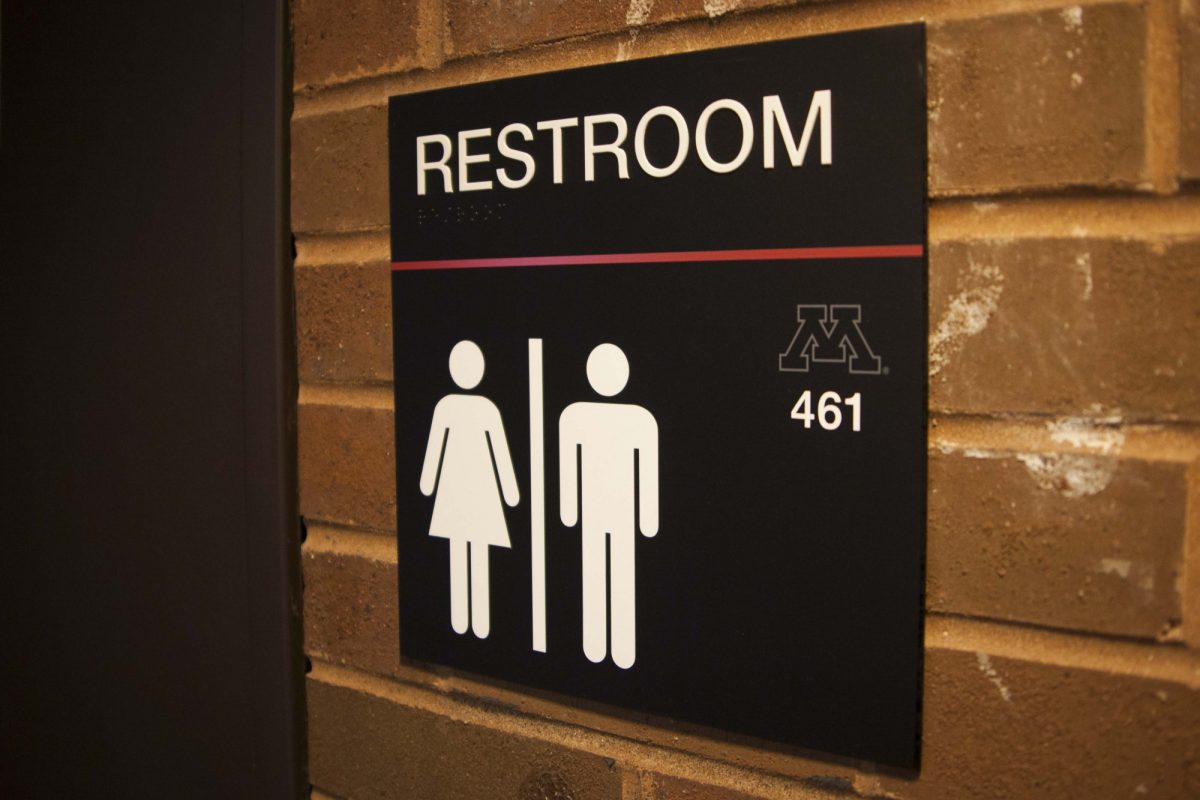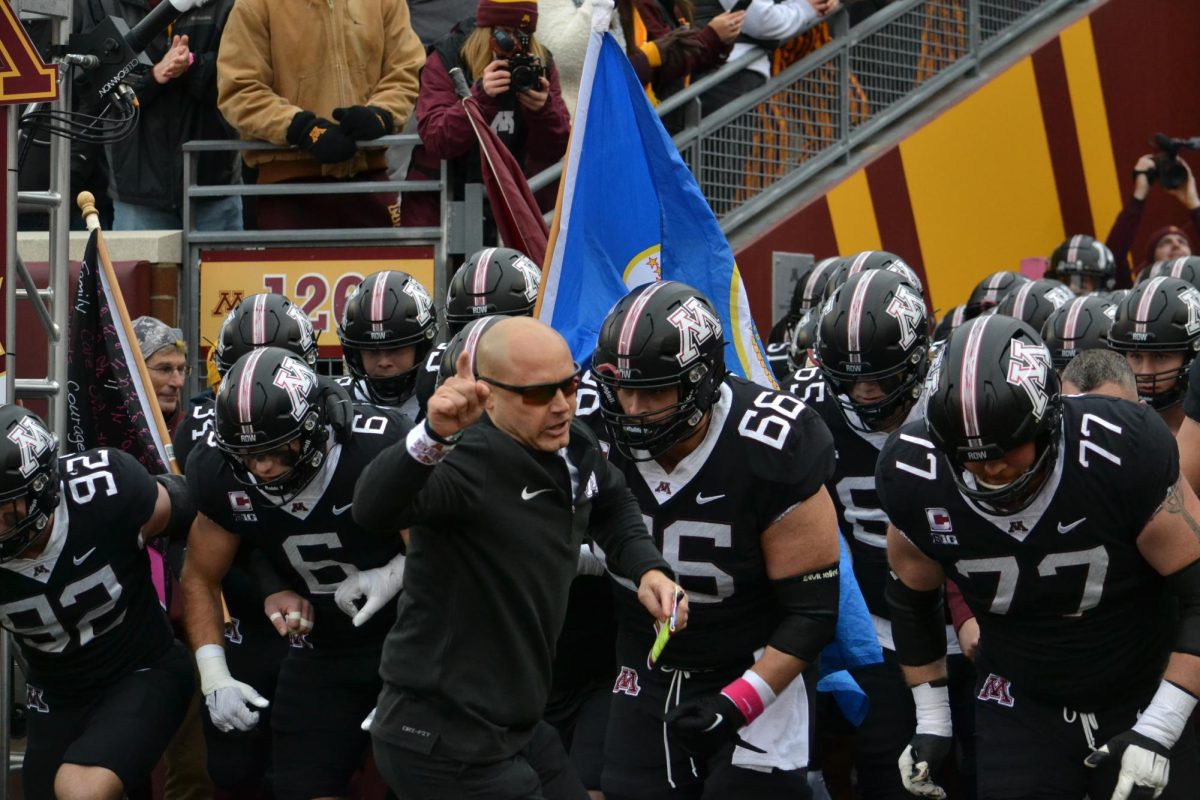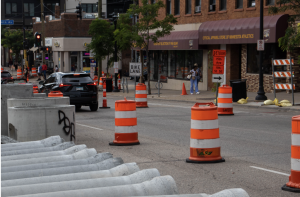The University of Minnesota has been taking notes, cramming and passing the sustainability report cards for colleges across the country effortlessly. The University has been awarded an A- from The College Sustainability Report Card and has been praised in the Princeton Review for its environmental initiative.
According to many of these reports, our recycling, research and reduction of evil consumerist behavior should be enough to allow Captain Planet a holiday. On paper, we are brilliant. But like a perfect straight-A student, I question how efficient we are at applying our knowledge base to reality.
Sustainability is an all-encompassing term to include economic stability, our surrounding environments, natural resources and communities. It requires us to have a moral obligation toward all these things so that future generations will be able to live the same way we do. We create healthy environments: We create healthy atmospheres, plants, animals and people.
And we know this: The University has an infinite number of resources, including our Institute on the Environment and an Initiative for Renewable Energy and the Environment. We also have an environmental studies major and we were one of the first universities to have a sustainable studies minor in order to create a knowledgeable tree-hugging generation for tomorrow. We do not lack education or knowledge by any means. We lack action.
For example, there are nine studies in solar research at the University occurring in 2010. The Institute on the Environment also funds an infinite number of research projects every year. We can put almost anything into a machine — algae, corn and even cow manure — hook it to a converter, flip a switch and get it to turn on a light bulb. But we only generate approximately 4 percent of our energy from biofuels.
Siri Simons, President of Campus Beyond Coal at the University, says this campus is one of less than 60 campuses across the country still burning coal.
“In this way the U is falling behind as a sustainability leader,” she said.
Another inconsistency lies within the new stadium. Once again the University portrays itself as “LEEDing” the way to sustainable development. With a Leadership in Energy and Environmental Design Silver certification from the U.S. Green Building Council, the stadium has energy-efficient lighting and elevators. It is used for storm water management and it has impressive trees planted around its concrete base.
The University has a campus that will jump on board to turn all this sustainable theory into practice, but we require necessary training and more programs such as HECUA , the Higher Education Consortium for Urban Affairs, where sustainable fundamentals are taught and students are active in practicing them in communities and around campus.
Beth Mercer-Taylor, Sustainable Education Coordinator at the Institute on the Environment, said that although there is so much research in solutions for a sustainable world that occurs at the University, there is a gap between community, institute and undergraduate involvement.
To truly practice sustainability the University must involve all. The reports are in. We are experts at sustainable theory — 4.0 in fact. Now let’s put that education into practice and get down to some world-saving.
Jayme Dittmar welcomes comments at [email protected].
Maroon, gold and green
The University passes all the environmental tests with flying colors, but we’re not green enough.
Published September 22, 2010










